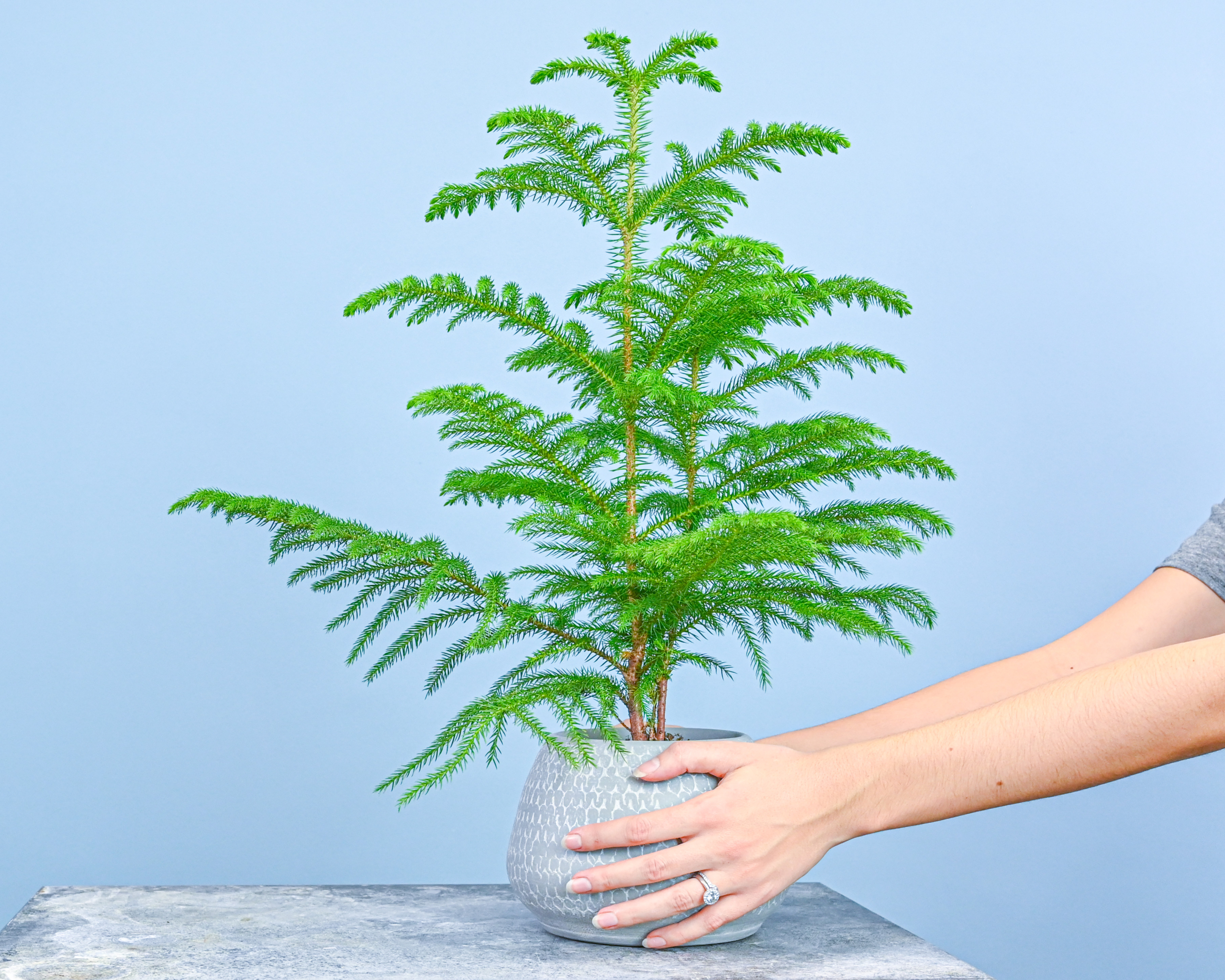Hey everyone, it’s your boy back with another plant experiment. Today, we’re diving into the temperature tolerance of the Norfolk Island Pine. I got this little guy a few months back, and I’ve been trying to figure out the best conditions for it to thrive. So, I decided to do a little hands-on research.
Setting the Stage
First, I got my hands on a couple of these pines – gotta have a control group, right? I placed one in my living room, which has a pretty consistent temperature, usually around 70-75°F (21-24°C). That’s my “control” plant.

The Experiment Begins
- The Cold Test: I put the second pine in a spare room where I could control the temperature. I gradually lowered the temperature over a week, checking in on the plant daily.
- Observation is Key: I kept an eye out for any changes – drooping, color changes, you name it. I used a simple thermometer to make sure I was being accurate with the temperature.
The Results are In!
So, here’s what I found. My living room pine was doing great, looking all green and perky. No surprises there.
The one in the colder room started to show some stress when I got the temperature down to around 50°F (10°C). The needles started to look a little less vibrant, and some of them even started to droop a bit. Once I hit the low 40s (around 4-5°C), it was clear the little guy was not happy. There was some definite browning happening.
I brought it back up to room temperature, and after a few days, it started to perk back up. Whew, close call!
The Takeaway
My little experiment confirmed what I had read online. These pines can handle some cooler temperatures, but they’re not fans of prolonged cold. I’d say keeping them above 50°F (10°C) is a good rule of thumb. They like things a little warmer, similar to the human!
And there you have it! My super informal, but hopefully helpful, experiment with Norfolk Island Pine temperature tolerance. Don’t go freezing your pines, people!




















